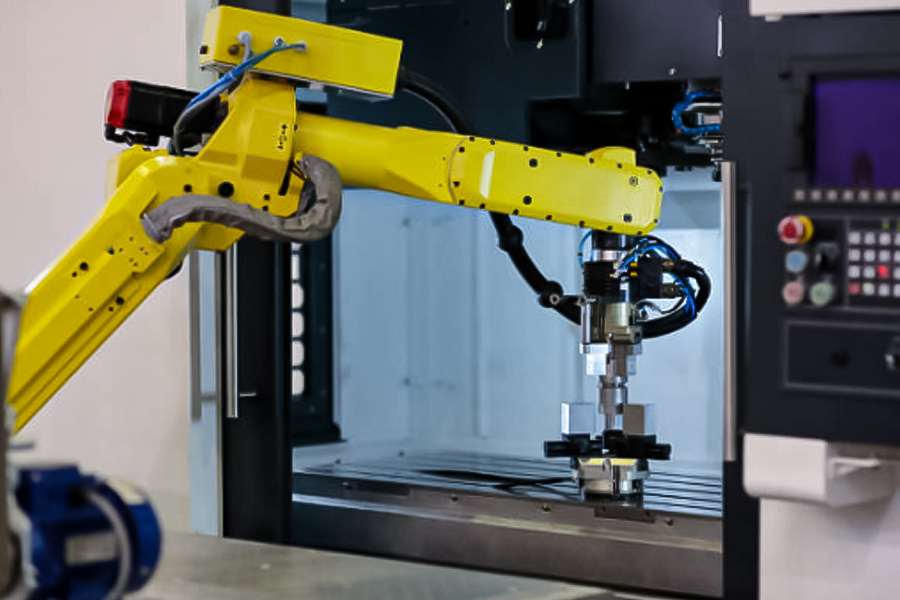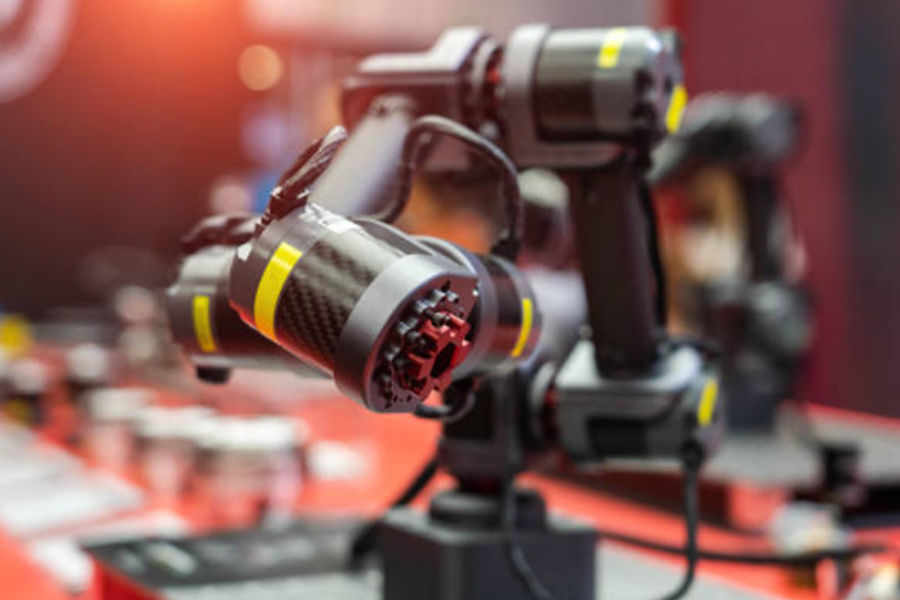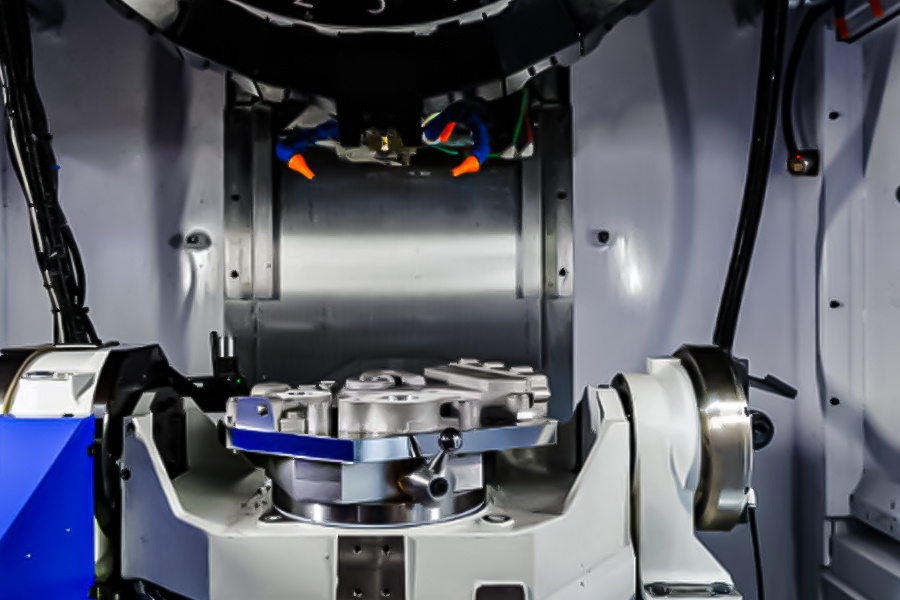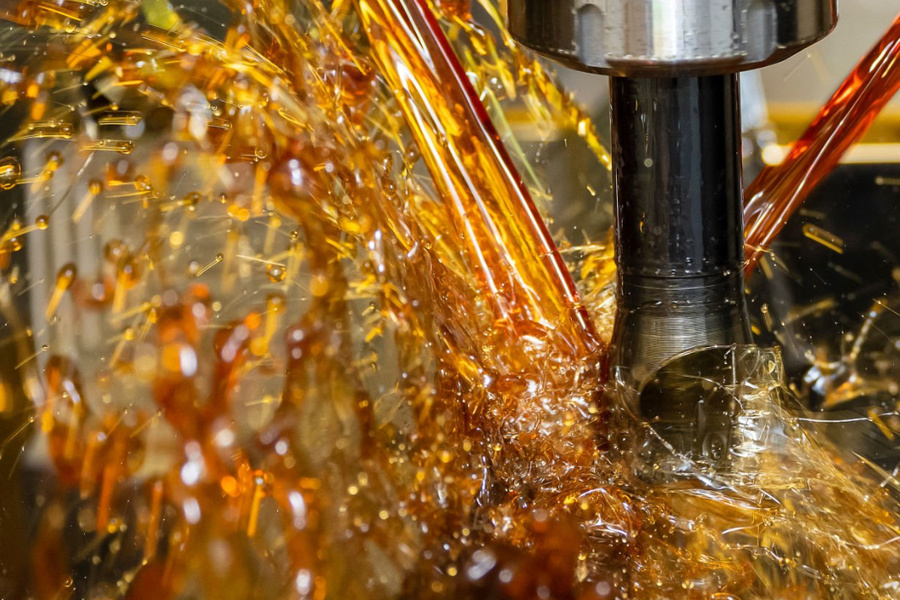Automotive precision parts processing: Use high-precision gears to drive the future of new energy
Release time:
2025-06-18
The development of new energy vehicles has put forward higher requirements for the precision of parts. The breakthrough of micron-level manufacturing technology has laid the foundation for the stable operation of the power system. High-precision gears are innovatively applied in the energy conversion system of new energy vehicles, which reduces friction loss, improves transmission efficiency and prolongs gear life.
When new energy vehicles gradually replace traditional fuel vehicles, the core force supporting this change is not the visible battery or motor, but the precision components hidden in the power system. Through micron-level manufacturing processes that are thinner than a hair, engineers have raised the precision of gears to a new dimension - this seemingly small progress can significantly improve the efficiency of energy transfer. For example, the innovative application of high-precision gears in electric drive systems has greatly reduced the energy loss during rotation, and ultra-precision machining technology has broken through the physical limitations of traditional mechanical structures. These technological breakthroughs not only make vehicles more powerful and last longer, but also provide practical solutions to the core problems of the electrification era.
Micron technology drives new energy transformation
Today, the rapid development of new energy vehicles has put forward higher requirements for the precision of components. The breakthrough of micron-level manufacturing technology allows the machining error of key components to be controlled within one percent of a hair, laying the foundation for the stable operation of the power system. Taking high-precision gears as an example, the improvement of tooth surface finish and shape accuracy directly affects the energy conversion efficiency and noise control level. Through ultra-precision machining technology, the friction loss during gear meshing is greatly reduced, and the matching clearance is reduced to micron level, which significantly improves the transmission efficiency. This technological advancement not only solves the contradiction between strength and lightness in traditional manufacturing, but also provides technical guarantee for the long endurance and efficient power output of new energy vehicles.

Analysis of innovative applications of high-precision gears
In the energy conversion system of new energy vehicles, high-precision gears play the role of "transmission heart". The gear set processed by micron-level manufacturing process can transmit the energy output by the motor to the drive unit in a nearly zero-loss manner. For example, the differential gear of a new electric vehicle adopts an asymmetric tooth shape design, combined with surface nano-coating technology, to reduce the friction coefficient of the gear contact surface to 1/3 of the traditional process. This innovation not only significantly improves the transmission efficiency, but also increases the response speed of the energy recovery system by 40%. Experimental data show that when the gear meshing accuracy reaches within 2 microns, the vibration noise of the transmission system can be reduced by 18 decibels, while extending the gear life by about 30%. It is worth noting that some companies have applied laser cladding technology to local strengthening of gears, and on the premise of maintaining lightweight, the fatigue strength of key parts has been increased to 2.6 times that of traditional materials.
Ultra-precision technology breaks through the torque bottleneck
In the power system of new energy vehicles, the torque transmission efficiency of gear components directly affects the vehicle's acceleration performance and endurance performance. Traditional processing technology is limited by equipment accuracy and material loss, and gear tooth surfaces often have micron-level unevenness, resulting in significant energy loss during transmission. Through the five-axis linkage machining center and nano-level surface treatment process in ultra-precision machining technology, the gear tooth surface roughness can be controlled within Ra0.1 micron, which is equivalent to 1/800 of the diameter of human hair. This extremely smooth surface increases the contact area of the gear meshing by 37% and reduces the friction resistance by 21%, thereby achieving a 15% increase in torque output at the same motor power. For example, after a mass-produced electric vehicle model adopted this technology, the energy recovery efficiency of its reducer at a speed of 40km/h increased by 19%, verifying the amplification effect of precision manufacturing on the performance of the power system.

New Energy Core Power Solution
To make new energy vehicles really run farther and use more economically, the key is that every part of the power system can work perfectly together. Just like the gears in a clock must fit together perfectly, the transmission system of an electric vehicle also requires high-precision gears, bearings and drive shafts to work together. Through micron-level manufacturing processes, engineers can control the size error of parts to within one percent of a hair, which greatly reduces the energy loss of the motor. For example, a certain brand has improved the transmission efficiency to 98% by optimizing the surface treatment technology of gears, which is equivalent to running 20 kilometers more per charge. These breakthroughs not only solve the problem of energy waste in power transmission, but also make the vehicle more stable and quiet when climbing or accelerating. With the popularization of ultra-precision machining equipment, this solution that converts precision into performance is becoming a core technology for new energy vehicle companies to enhance their competitiveness.
When we look to the future, the development of new energy vehicles is not only a conversion of energy forms, but also a comprehensive upgrade of manufacturing processes and engineering precision. The error control capability brought by the micron-level manufacturing process enables high-precision gears to run as tightly as watch parts, and this precision is directly converted into the reliability and efficiency of the power system. Whether it is a significant increase in torque or a significant reduction in energy consumption, it is inseparable from the breakthrough of ultra-precision machining technology in material limits. These breakthroughs not only provide a technical fulcrum for electric vehicles' range anxiety, but also drive the entire industry to evolve towards lighter weight and integration. With the in-depth integration of materials science and intelligent manufacturing, the processing accuracy of automotive precision parts will continue to break records, paving a road of innovation driven by technical precision for the electric era.
Related Products
CNC machining multi-axis linkage accurately processes tooth profile and journal size
CNC machining technology plays a core role in the machining of precision gears and shaft parts, achieving high-precision micron-level precision, significantly improving the wear resistance and fatigue resistance of parts, and ensuring the stable operation and high quality of the transmission system. In modern industrial manufacturing, its application in automobile manufacturing, precision instruments, industrial equipment and other fields has significantly improved the overall quality.
2025-06-28
Automotive precision parts processing: Use high-precision gears to drive the future of new energy
The development of new energy vehicles has put forward higher requirements for the precision of parts. The breakthrough of micron-level manufacturing technology has laid the foundation for the stable operation of the power system. High-precision gears are innovatively applied in the energy conversion system of new energy vehicles, which reduces friction loss, improves transmission efficiency and prolongs gear life.
2025-06-18
The manufacturing process of precision accessories in modern medical equipment, especially the use of core processing technologies such as CNC turning and laser micro-welding to achieve precise manufacturing in complex medical scenarios. These technologies not only require precise dimensional control, but also must meet biocompatibility and long-term stability.
2025-06-14
Five-axis machining centers have gradually become the core equipment for the manufacture of complex parts due to their multi-dimensional dynamic machining capabilities. Compared with four-axis equipment, five-axis machining centers significantly improve the machining accuracy and surface quality of special-shaped structural parts through multi-angle synchronous cutting, shortening the production cycle.
2025-06-11











